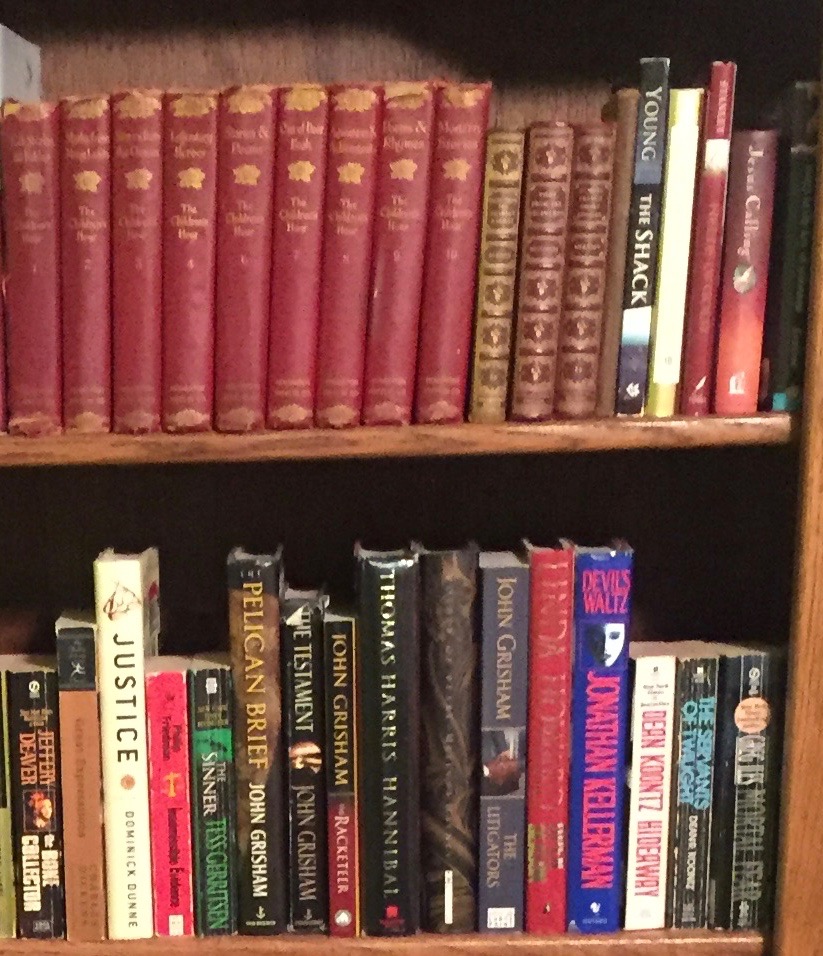Attorneys and writers use the same tools, words. The crafts of both writing and argument require mastering the nuances of the English language.
I took on the challenge of mastering the English language as it was used in the translation of a collection of 17th to 20th century French short stories. According to the Global Language Monitor, there are 1,005,366 words in the English language as of the time I used this resource. http://www.languagemonitor.com/global-english/no-of-words. I’ve not been able to locate a to-the-minute tally for French. The best estimate I’ve found for the number of French words is 100,000. https://www.lingoda.com/french/vocabulary. Considering the ratio of French words to English words, my task didn’t seem too daunting, and I committed to complete Famous French Short Stories edited by Eric Swenson (Pocket Books, Inc., 1947) in a week. It took more hours than I thought it would, but I did it.
 While reading, I frequently resorted to my unabridged dictionary as well as on-line dictionaries. Words I’m familiar with took on new meanings due to the time period of a story’s setting and the use of words for their lesser known meanings. Some words related to scenarios I’m totally unfamiliar with. For example, dragon is a soldier armed with a musket; console is a supporting bracket; and transport is ecstasy, rapture, or any powerful emotion.
While reading, I frequently resorted to my unabridged dictionary as well as on-line dictionaries. Words I’m familiar with took on new meanings due to the time period of a story’s setting and the use of words for their lesser known meanings. Some words related to scenarios I’m totally unfamiliar with. For example, dragon is a soldier armed with a musket; console is a supporting bracket; and transport is ecstasy, rapture, or any powerful emotion.
I was captivated by the poetry of phrases such as, “When one is in the current of the stream, it is only necessary to let oneself drift…” from “Blue Beard” by Charles Perrault; “They say that we should never return to a first love or look at the rose which we admired the evening before…” from “Omphale” by Theophile Gautier; and “These poor girls living alone, with nothing behind them, without advice, have they enough native good sense to counterbalance their lack of experience?…” from “Mimi Pinson” by Alfred de Musset. Written when visual and audio media weren’t available, the stories place the reader on the sidelines of a scene where color, movement, and aromas are sensed. Character descriptions provide such familiarity that quirks and expressions which would accompany dialogue are easily imagined.
Admittedly, I’d dusted off the book to read and discard in my effort to purge my bookshelves. But now that I’ve been enchanted by its sublime prose, it has become part of my permanent collection.